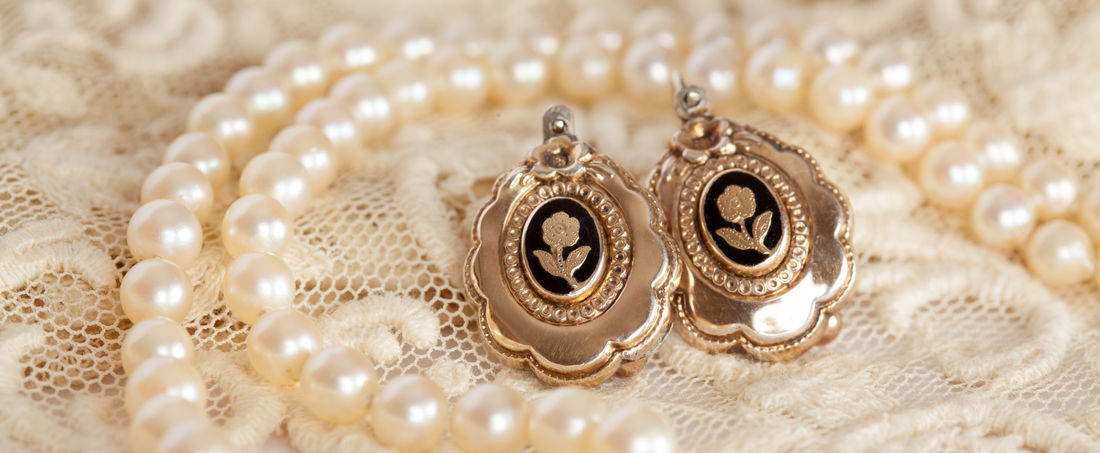In a world filled with replicas and imitations, distinguishing genuine vintage jewelry from modern reproductions or counterfeit pieces can be a daunting task. However, armed with some essential knowledge and keen observation, uncovering the secrets to identify authentic vintage jewelry becomes an achievable feat. In this article, we embark on a journey to unveil the key elements and hallmarks that can guide you in your quest to authenticate vintage jewelry.
- Markings and Signatures:
One of the first steps in identifying authentic vintage jewelry is examining the markings and signatures present on the piece. Look for stamps or engravings that indicate the metal purity, such as "925" for sterling silver or karat markings for gold. Additionally, some designers or manufacturers may have their own unique hallmarks or signatures, which can provide valuable clues about the origin and authenticity of the piece.
- Construction and Materials:
Authentic vintage jewelry is often characterized by meticulous construction and the use of high-quality materials. Examine the craftsmanship and attention to detail in the piece. Look for evidence of handwork, such as soldering marks or irregularities that indicate it was handmade rather than mass-produced. Authentic vintage jewelry often incorporates genuine gemstones, such as diamonds, rubies, or sapphires, which should be securely set and show signs of natural wear and aging.
- Style and Design:
Understanding the style and design characteristics of different eras can greatly aid in authenticating vintage jewelry. Research the prevailing styles of the time period the piece is attributed to. For example, Art Deco jewelry is known for geometric shapes and bold, symmetrical designs, while Victorian jewelry often features intricate filigree work and nature-inspired motifs. By comparing the piece's design elements to known examples from the era, you can better assess its authenticity.
- Patina and Aging:
Vintage jewelry naturally develops a patina or signs of aging over time. Pay attention to the surface of the piece and look for signs of wear, tarnish, or discoloration that are consistent with the age of the jewelry. Genuine vintage pieces often exhibit a soft patina that adds character and authenticity, while reproductions or newly made pieces may lack these telltale signs of age.
- Expert Appraisal and Research:
When in doubt, seek the assistance of an expert appraiser or a reputable jeweler with expertise in vintage jewelry. Their trained eye and knowledge can provide valuable insights and help authenticate the piece. Additionally, conduct thorough research on the specific era, designer, or manufacturer associated with the jewelry. Investigate historical records, catalogs, and reference books to gain a deeper understanding of the piece's background and authenticity.
Authenticating vintage jewelry requires a combination of careful examination, knowledge of historical styles, and attention to detail. By paying attention to markings, construction, materials, style, and signs of aging, you can begin to unravel the secrets and identify genuine vintage pieces. Remember to seek professional assistance when needed and invest time in research to develop a discerning eye. Unlock the world of authentic vintage jewelry and embark on a journey of discovery, where each piece tells a story of its own, embracing the charm and elegance of the past.

